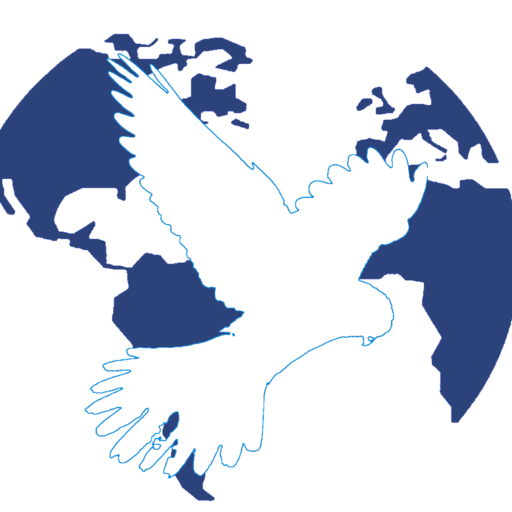F-1, B2 or Visa Waiver?
Determining the appropriate visa or status to enter the U.S. can be confusing. For a relatively short program, it may seem easiest to enter the U.S. on a tourist visa (B2) if you already have one in your passport, or on a visa waiver if your country participates in this program. However, U.S. immigration authorities are strict about following the law and you do not want to have a status violation on your travel record.
The Form I-20, officially called the Certificate of Eligibility for Nonimmigrant Student Status, is a document issued by a U.S. school to international students who are admitted to a full-time academic or language program in the U.S. You DO need an I-20 if the program is part of a full-time academic or English language program. Even if the program is short-term, if it’s structured as full-time study, it often requires an I-20.
You typically do NOT need an I-20 if you are coming for a non-credit, recreational, or short-term cultural exchange program. A B-2 tourist visa, or Visa Waiver, is generally fine as long as the program is short, part-time, and not for academic credit. Some summer youth camps or professional enrichment programs may fall into this category. For example, a high school student attending a 2-week non-credit summer camp might not need an I-20 and could enter on a B-2 visa. A professional attending a week-long leadership workshop (non-credit) may also use a B-1 or B-2 visa.
At the same school, different programs may require different visa types. The U.S. school will tell you whether they issue I-20s and what visa type they recommend. Always confirm with them first.
More information: Study in the States.

